After a period of unprecedented success led by stars like Saina Nehwal and PV Sindhu, Indian badminton is currently grappling with a significant downturn. The sport, which had carved out a niche in a nation dominated by cricket, is now facing a worrying decline in performance and a lack of promising successors.
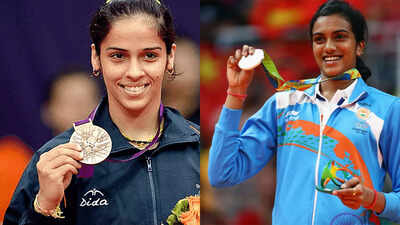
Saina Nehwal and PV Sindhu: Once the flagbearers of Indian badminton.
While the Thomas Cup victory in 2022 and the Asian Games men’s doubles gold in 2023 provided moments of glory, the overall picture reveals a concerning trend. The absence of Indian players in the semifinals of the All England Open in 2025 underscores the depth of the current slump.
Except for Satwiksairaj Rankireddy and Chirag Shetty, and to some extent Lakshya Sen, many Indian players are not performing up to par. The era when names like Saina Nehwal, PV Sindhu, Kidambi Srikanth, Sai Praneeth, and HS Prannoy were considered tournament favorites now seems like a distant memory.
Since HS Prannoy’s Malaysia Open Super-500 title in January 2023, Indian singles players have struggled to secure titles. The Satwik-Chirag duo remains a bright spot, but the overall singles performance has been lackluster. The Sudirman Cup in April this year highlighted the issue, with India exiting in the group stage after losses to Denmark and Indonesia.
The past decade saw Indian badminton reach new heights. Saina Nehwal’s Olympic bronze at the London Games in 2012 was followed by PV Sindhu’s emergence, marked by a bronze at the World Championships in 2013. Male players such as Parupalli Kashyap, Kidambi Srikanth, Prannoy, and B Sai Praneeth also gained prominence. Srikanth even achieved the World No. 1 ranking and won four Super Series titles in 2017. Sindhu became a world champion in 2019, and Sai Praneeth won a bronze at the World Championships the same year.
While Srikanth showed glimpses of his old form at the Malaysia Masters, his low ranking has hindered his participation in subsequent tournaments. The Satwik-Chirag pair, despite their dominance in men’s doubles, have also faced fitness challenges and are yet to reach a final this year. Lakshya Sen carries the burden of leading the men’s singles charge.
The women’s singles category is particularly concerning. With Saina and Sindhu facing challenges, there is no clear successor to lead the Indian challenge. Young players like Malvika Bansod, Aakarshi Kashyap, Unnati Hooda, Anmol Kharb, and Tanvi Patri are struggling to reach the standards set by the established duo.
Pullela Gopichand’s tenure as chief coach, starting in 2006, transformed Indian badminton. However, the current decline suggests systemic issues. Unlike badminton powerhouses like China and Malaysia, India lacks a robust feeder system to consistently produce top-tier players.
The absence of a talent-search mechanism and a shortage of trained coaches are exacerbating the problem. While Saina and Sindhu inspired many to take up the sport, the infrastructure to nurture these talents is inadequate.
Experts suggest that identifying and grooming a core group of emerging players, divided into elite and developing groups, could improve the situation. This would foster competition and provide better training opportunities. Currently, a lack of competition among the second-string players is hindering their development.
While the Badminton Association of India (BAI) acknowledges the recent setbacks, they emphasize efforts to enhance coaching, injury management, and talent development. BAI Secretary Sanjay Mishra stated, "Undoubtedly our performances suffered a setback due to injuries to key players. However, transition of the next generation also requires time to strengthen and sustain our competitive edge."
Mishra highlighted the focus on nurturing the next generation of champions at the National Centre of Excellence, under the guidance of coaches like Ivan Sozonov and Park. He also noted the rising calibre of emerging talents at domestic events.
At its recent annual general meeting (AGM), BAI unveiled a Rs 9.75-crore annual plan to drive the growth of badminton. However, some argue that more emphasis should be placed on grooming coaches. A tiered system of coaches, specializing in talent identification, formative years, and international-level training, is needed.
While BAI has allocated funds to offer retainership to Olympians and former internationals, the long-term demand is for trained coaches who can effectively groom young talents.
To revive Indian badminton, a comprehensive system with a clear three-to-five-year plan is essential. This includes aligning tournament schedules for top players, especially during Olympic and Asian Games years. The success of Pullela Gopichand's academy suggests that a similar model could be implemented across the country. With the right system in place, Indian badminton can once again reach its full potential.
Newer articles
Older articles
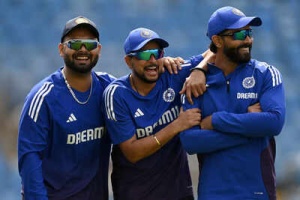 Gavaskar Calls for Kuldeep Yadav's Inclusion in Second Test Amid Bumrah Fitness Concerns, Cites Edgbaston Spin Advantage
Gavaskar Calls for Kuldeep Yadav's Inclusion in Second Test Amid Bumrah Fitness Concerns, Cites Edgbaston Spin Advantage
 Indian Astronaut Shukla Arrives at ISS, Ushering in New Era for Space Program
OR
India Celebrates as Shukla Reaches ISS, Advancing Ambitious Space Goals
Indian Astronaut Shukla Arrives at ISS, Ushering in New Era for Space Program
OR
India Celebrates as Shukla Reaches ISS, Advancing Ambitious Space Goals
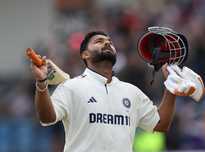 Rishabh Pant Revolutionizing Cricket, Says Greg Chappell
Rishabh Pant Revolutionizing Cricket, Says Greg Chappell
 Toxic Workplace Warning Signs: Spot the Red Flags Early
Toxic Workplace Warning Signs: Spot the Red Flags Early
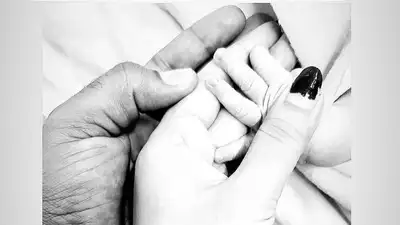 Indian Cricket Star Mukesh Kumar and Wife Divya Singh Announce the Arrival of Baby Boy
Indian Cricket Star Mukesh Kumar and Wife Divya Singh Announce the Arrival of Baby Boy
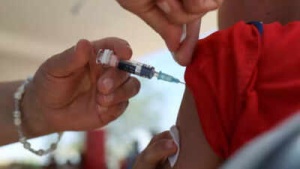 Global Immunization Crisis: Millions of Children at Risk as Vaccine Coverage Lags, Study Reveals
Global Immunization Crisis: Millions of Children at Risk as Vaccine Coverage Lags, Study Reveals
 Moto G54 Price Slashed in India: Check Out the Discounted Rates and Specs
Moto G54 Price Slashed in India: Check Out the Discounted Rates and Specs
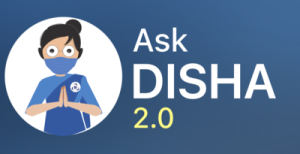 IRCTC Launches AI Chatbot 'AskDisha 2.0' to Revolutionize Train Ticket Booking and Customer Service
IRCTC Launches AI Chatbot 'AskDisha 2.0' to Revolutionize Train Ticket Booking and Customer Service
 Cummins Lauds Australia's Dominant Start to WTC Campaign After West Indies Series Win
Cummins Lauds Australia's Dominant Start to WTC Campaign After West Indies Series Win
 Smith Targets Test Return After Innovative Baseball Cage Rehab in New York
Smith Targets Test Return After Innovative Baseball Cage Rehab in New York